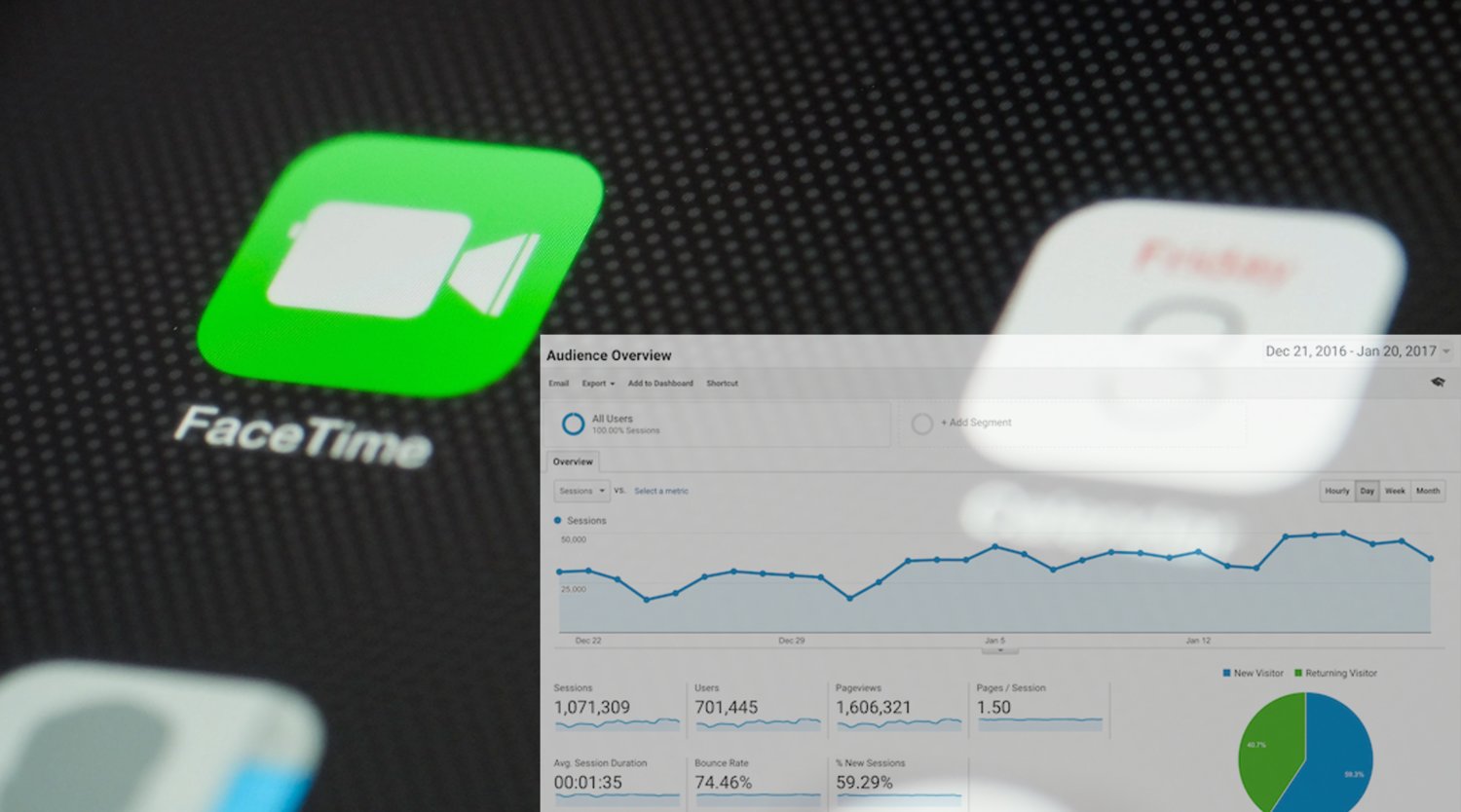
Journalists who know their audience’s interests can serve them better. When digital analytics arrived, we thought we had found the answer to all our audience questions. Yet, while analytics tools provide batches of data about readership overall, their view is from 10,000 feet. The tools tell us a lot about the who of our readership but not much about why someone chooses to read any given article.
If we could get to the why, journalists may be able to increase readership by answering readers’ questions from the get-go. I interviewed reporters and editors at seven legacy and digital start-up newsrooms covering K-12 education in Kansas. Eight journalists responded to my questions about how they determine who reads their education reporting, discussing digital analytics on the one hand and, on the other, old-fashioned, shoe-leather reporting.
The results show that they place more faith in their gut instincts — talking to people in the community — over digital tools. That may sound surprising, but it mirrors an earlier study of education reporters in New York, on which I based my research. In 2019, James G. Robinson found that for 14 journalists involved in education reporting, the preference was to get out and talk to sources instead of relying on digital tools. According to his report, “personal proximity — actual human contact — influences audience perceptions” for journalists.
New York City and Kansas have little in common, but the results were strikingly similar. Even though the results show a preference for in-person contact, both groups use analytics tools. In Kansas, all five legacy newsrooms — each has a print and digital edition — used analytics reports from Google and their social media platforms. Two of them used Parsely. The reporters at two digital start-ups both used Parsely and social. Neither used Google.
Another legacy editor explained how analytics could be useful for macro information: “We’re looking at page-view numbers, subscriber page-view numbers and digital subscription numbers,” the editor said. Others use analytics for similarly specific information, such as time spent on an article and the number of shares. The editor made a critical point about analytics results. While the data records time spent on a page, “I don’t even know if they read the articles.”
A legacy editor pointed out that analytics should not be the sole reason to change coverage. Informing the public comes first.
In-person reporting helps fill in what’s missing from analytics. A staffer at a legacy publication listens for reader reaction, often during in-person encounters. “People have started to recognize me,” as the reporter who covers the education beat.
Another way to add meaning to data is to gauge reader response. “Beyond analytics from Google and Facebook is actually the reaction” from readers, a legacy editor said, such as when they write an email asking for more information about the article's topic. “That's the best guide.”
The journalists I spoke to described using social media to find sources. They’re using technology as a means to human contact.
Stephen Wolgast holds the Knight Chair in Audience and Community Engagement for News at the University of Kansas, where he researches how newsrooms reach their audiences. A journalist with more than three decades of professional and academic experience, Wolgast served as an editor at The New York Times for nine years. There, he contributed to “A Nation Challenged” special section, which was published daily after 9/11, and for which the newsroom received the Pulitzer Prize for Public Service in 2002.
Wolgast began his career as a photographer at the Topeka Capital-Journal. He has worked as a reporter at The Baltic Independent in Tallinn, Estonia, as an editor at the Casper (Wyoming) Star-Tribune and The Times-Picayune in New Orleans, and as a newsroom manager at the Akron Beacon Journal.
Comments
No comments on this item Please log in to comment by clicking here